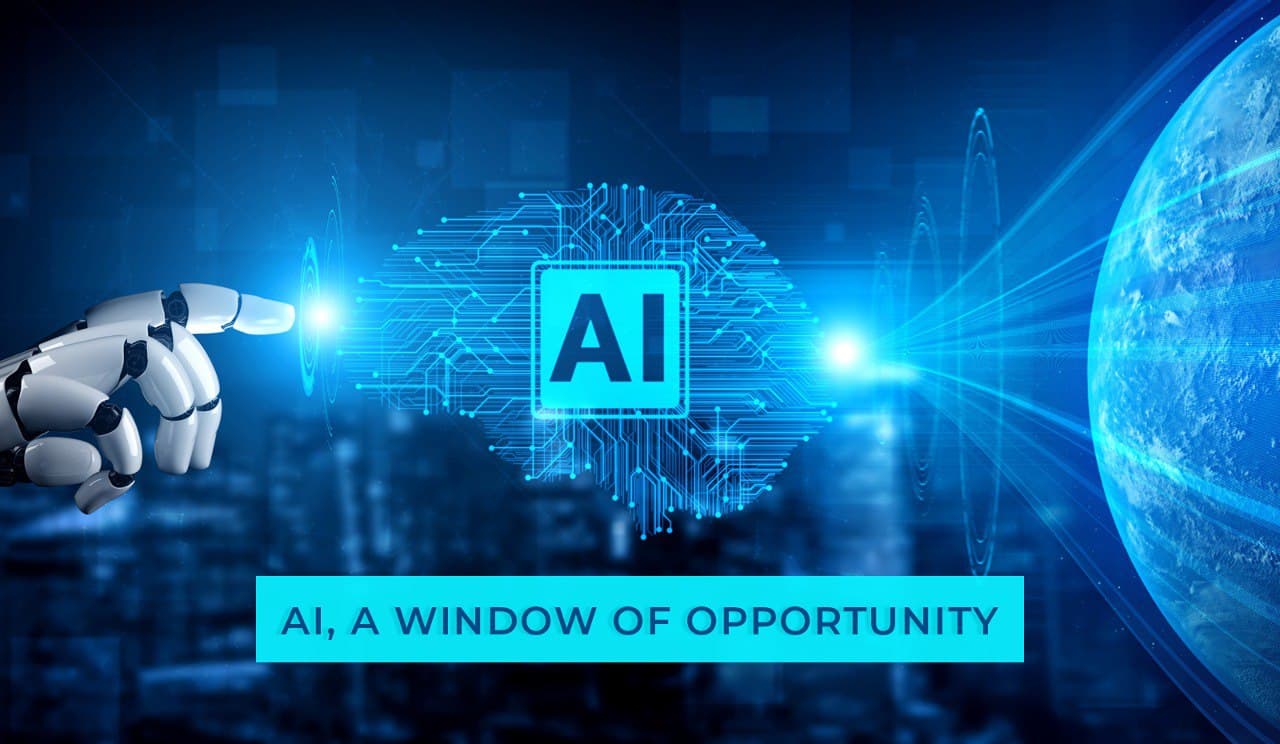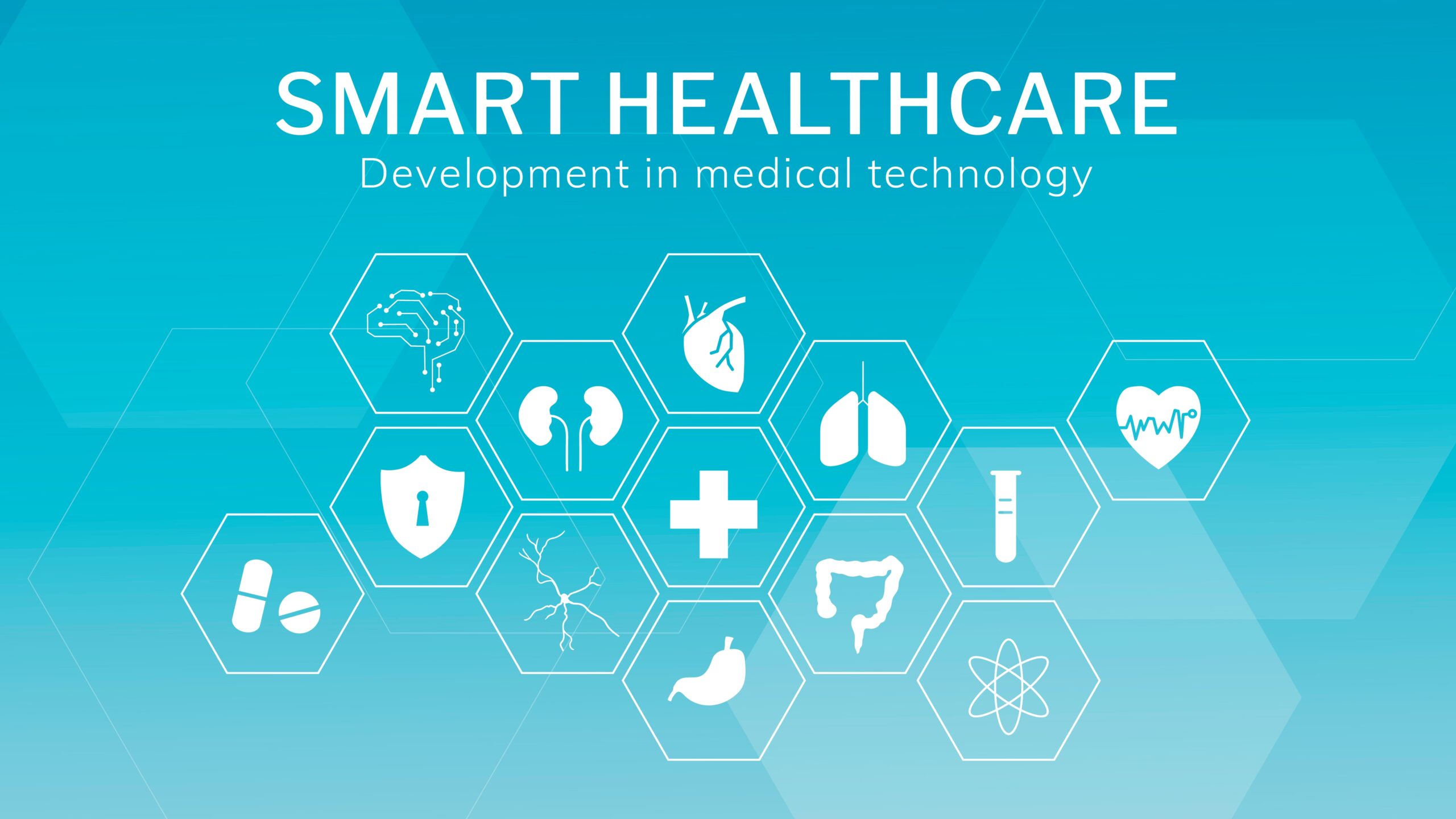When people think of AI, they usually envision super-intelligent robots capable of taking over the world. However, AI has made significant inroads in other areas.
AI is used in various ways, such as by Amazon Alexa, Google Assistant, and Siri. It can also be used in self-driving cars and video games. Even though machine learning and deep learning are commonly used in AI, they should not be confused with each other.
These systems are seamless and scalable, simple to function, and easy to control.
Recent research employing automating analytics found that even the most rudimentary AI-primarily based extraction techniques can save organizations around 40% of the hours usually spent on such procedures.
There are risks. However, we realize how to manage them. For example, audit set of rules outputs for accuracy, integrate cybersecurity, be a primary mover so it doesn’t depart you at the back, undertake responsible AI that advantages society, shield privacy, and keep algorithms bias-unfastened.
AI isn’t only a new set of tools. It’s the new plethora of opportunities for humankind. From automation to augmentation, AI is already beginning to trade a whole lot of huge possibilities.










